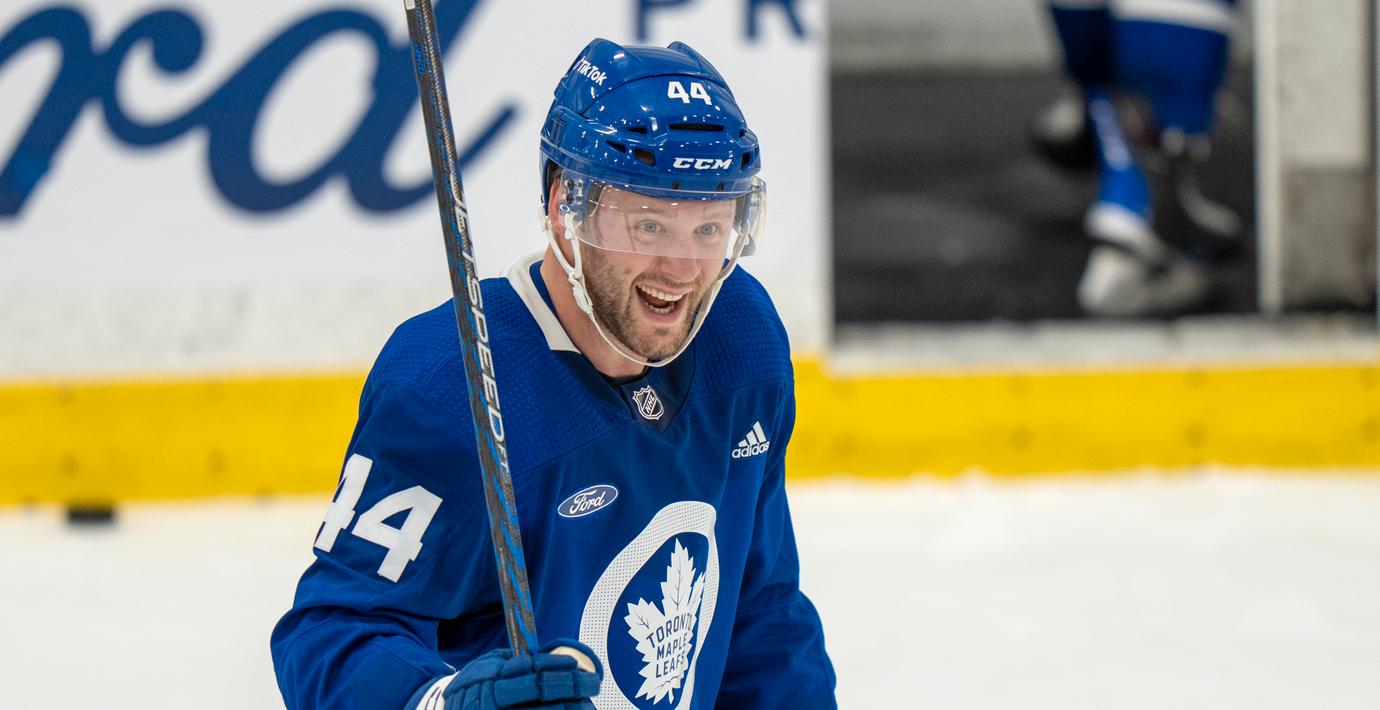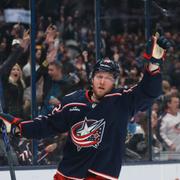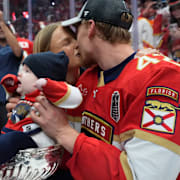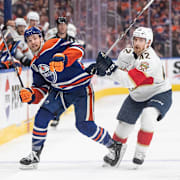bakgrund
Ishockeyns högst nedskrivna regler om slagsmål
Wikipedia (en)
Fighting is an established tradition in North American ice hockey, with a long history that involves many levels of amateur and professional play and includes some notable individual fights. Fights may be fought by enforcers, or "goons" (French: bagarreurs)—players whose role is to fight and intimidate—on a given team, and are governed by a system of unwritten rules that players, coaches, officials, and the media refer to as "the code". Some fights are spontaneous, while others are premeditated by the participants. While officials tolerate fighting during hockey games, they impose a variety of penalties on players who engage in fights.
Unique among North American professional team sports, the National Hockey League (NHL) and most minor professional leagues in North America do not eject players outright for fighting (although they may do so for more flagrant violations as part of a fight) but major European and collegiate hockey leagues do, and multi-game suspensions may be added on top of the ejection. Therefore, the vast majority of fights occur in the NHL and other North American professional leagues.
Physical play in hockey, consisting of allowed techniques such as checking and prohibited techniques such as elbowing, high-sticking, and cross-checking, is linked to fighting. Although often a target of criticism, it is a considerable draw for the sport, and some fans attend games primarily to see fights. Those who defend fighting in hockey say that it helps deter other types of rough play, allows teams to protect their star players, and creates a sense of solidarity among teammates. The debate over allowing fighting in ice hockey games is ongoing. Despite its potentially negative consequences, such as heavier enforcers (or "heavyweights") knocking each other out, administrators at the professional level have no plans to eliminate fighting from the game, as most players consider it essential. Most fans and players oppose eliminating fights from professional hockey games, but considerable opposition to fighting exists, and efforts to eliminate it continue.




